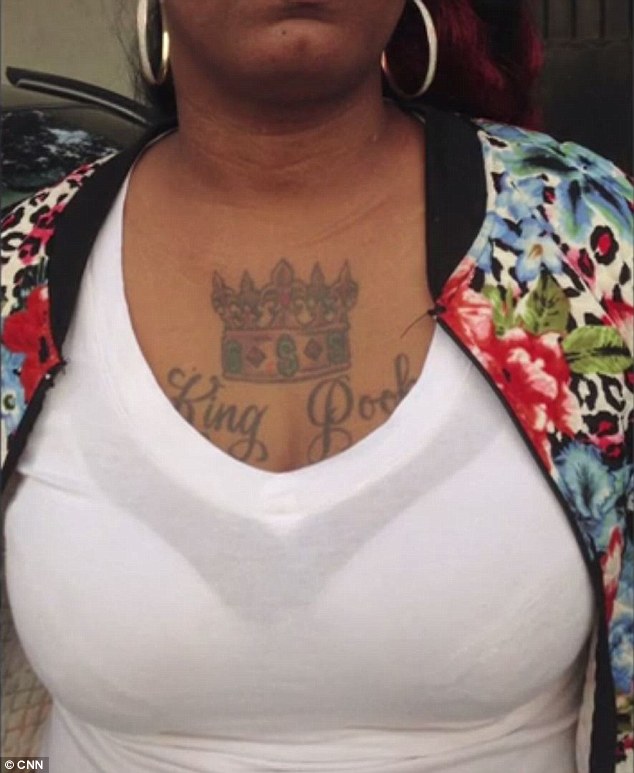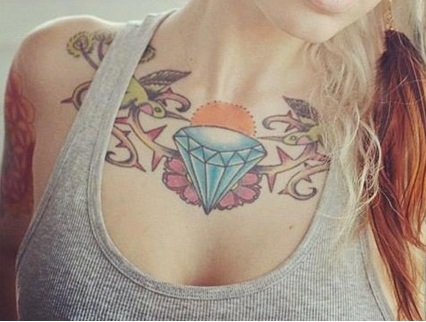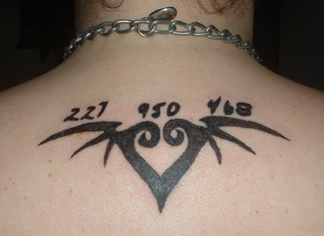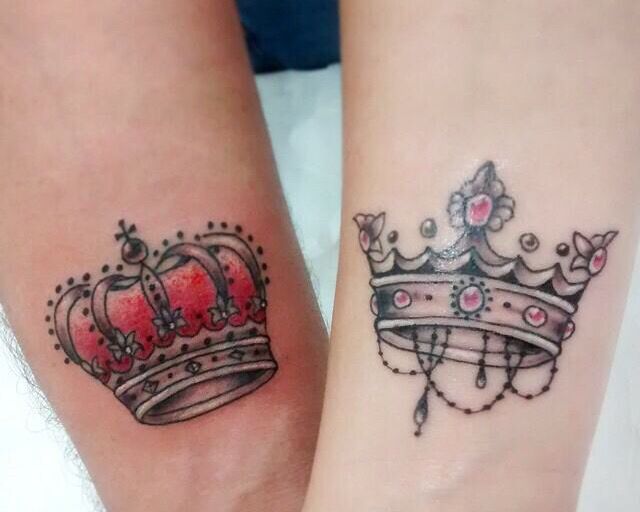Sex Traffickers claim ownership of women by branding them with tattoos. How can you tell the difference between a tattoo that is used for possession and one used for self-expression? When comparing tattoos, here is what you can hypothetically look for:

- Is the tattoo one of the following gang symbols or signs?
- Is the tattoo accompanied by a man’s name, a (street) nickname, someone’s initials, or a number?
- Where is the tattoo located on the body?
- If the tattoo is hidden or in a secretive spot, then this may be a form of self-expression. Why? Because when pimps label their sex slaves, they have two goals in mind: to mark ownership and to verify that other men know whose ‘property’ belongs to who.
- Think about this for a minute – what would be the point of hiding a tattoo in a secret spot under the clothes if the gang-member wants another pimp to always know who her boss is?
- Is the tattoo located in an obvious spot such as the chest, wrist, leg, arm, or front or back of the neck?
- What size is the tattoo?
- For example, let’s say it’s a crown. How big is it on the person’s body? Is it small? Giant?
- What color ink is the tattoo?
- You rarely see a human trafficking victim’s tattoo marked in pastel, bright or neon colors. However, it does happen as noted in the picture for “King Pooh”.
- If you do a Google image search on victim tattoos of sex trafficking, you’ll find that most often (but not always) the ink is a neutral-color, brown, black, gray, or green.

Form of Self Expression
Reference:
Toronto Star Investigation: Ontario Canada
Ink180 Trafficking in America
Fawco: Human Rights Bulletin News
Cancer in Cytes: Rebranded by New Life
Controversial Times: Disturbing ‘Crown’ Tattoos
*Note to the Reader: These ideas and suggestions are solely the opinions of writers and bloggers of the Skeptical World website and do not confirm or guarantee information about a victim except to provide awareness into the subject.
Do you have an opinion or would like to add something to this topic? Email Us SkepticalWorld@gmail.com

